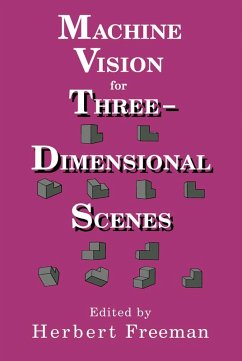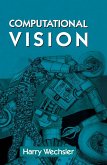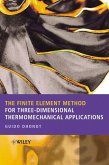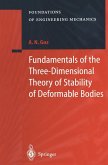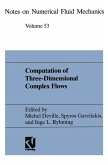Machine Vision for Three-Dimensional Scenes contains the proceedings of the workshop "Machine Vision - Acquiring and Interpreting the 3D Scene" sponsored by the Center for Computer Aids for Industrial Productivity (CAIP) at Rutgers University and held in April 1989 in New Brunswick, New Jersey. The papers explore the applications of machine vision in image acquisition and 3D scene interpretation and cover topics such as segmentation of multi-sensor images; the placement of sensors to minimize occlusion; and the use of light striping to obtain range data.
Comprised of 14 chapters, this book opens with a discussion on 3D object recognition and the problems that arise when dealing with large object databases, along with solutions to these problems. The reader is then introduced to the free-form surface matching problem and object recognition by constrained search. The following chapters address the problem of machine vision inspection, paying particular attention to the use of eye tracking to train a vision system; images of 3D scenes and the attendant problems of image understanding; the problem of object motion; and real-time range mapping. The final chapter assesses the relationship between the developing machine vision technology and the marketplace.
This monograph will be of interest to practitioners in the fields of computer science and applied mathematics.
Comprised of 14 chapters, this book opens with a discussion on 3D object recognition and the problems that arise when dealing with large object databases, along with solutions to these problems. The reader is then introduced to the free-form surface matching problem and object recognition by constrained search. The following chapters address the problem of machine vision inspection, paying particular attention to the use of eye tracking to train a vision system; images of 3D scenes and the attendant problems of image understanding; the problem of object motion; and real-time range mapping. The final chapter assesses the relationship between the developing machine vision technology and the marketplace.
This monograph will be of interest to practitioners in the fields of computer science and applied mathematics.
Dieser Download kann aus rechtlichen Gründen nur mit Rechnungsadresse in A, B, BG, CY, CZ, D, DK, EW, E, FIN, F, GR, HR, H, IRL, I, LT, L, LR, M, NL, PL, P, R, S, SLO, SK ausgeliefert werden.

